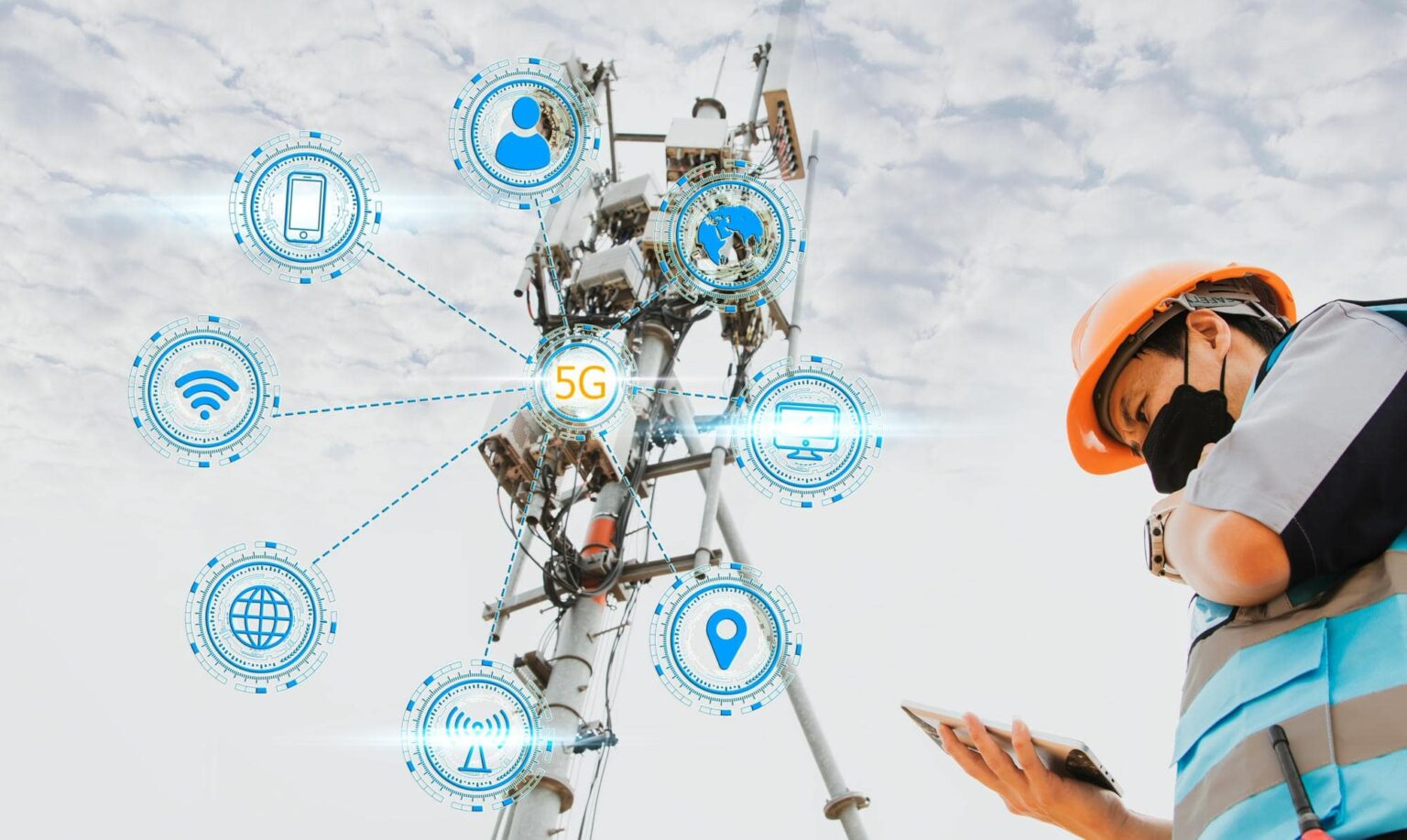Telecom infrastructure and tower innovations play a critical role in enhancing coverage and capacity in the telecommunications industry. These innovations aim to improve network performance, expand coverage areas, and increase data transmission capacity. Here are some key areas of innovation in telecom infrastructure and tower technology:
- Small Cell Technology:
- Small cells are low-power, short-range cellular base stations that complement traditional macrocell towers.
- They can be deployed in densely populated areas or indoor spaces to improve network capacity and coverage.
- Small cells help offload traffic from macrocell towers, resulting in better network performance and increased capacity.
- Distributed Antenna Systems (DAS):
- DAS is a network of antennas distributed throughout an area to enhance signal strength and coverage.
- It helps overcome coverage challenges in large buildings, stadiums, campuses, and other areas with high user density.
- DAS improves indoor and outdoor coverage by distributing signals more efficiently and minimizing signal interference.
- Multi-Input Multi-Output (MIMO) Technology:
- MIMO technology utilizes multiple antennas for transmitting and receiving data simultaneously.
- It enhances network capacity and improves signal quality by increasing data throughput and reducing latency.
- MIMO is particularly effective in urban environments where signal reflections and interference are common.
- Remote Radio Heads (RRH):
- RRH is an innovative approach where the radio transceiver unit is located at the tower’s top, while the baseband processing is placed at the base station.
- RRH reduces the transmission losses, improves signal quality, and enhances network efficiency.
- It allows for easier upgrades and maintenance of the baseband processing units without disrupting the radio transceiver units.
- 5G Infrastructure:
- 5G networks require a denser infrastructure due to higher data rates and low latency requirements.
- To support 5G, telecom companies are deploying more small cells, massive MIMO systems, and fiber optic connections to provide faster and more reliable connectivity.
- Additionally, the use of mmWave (millimeter wave) spectrum in 5G networks requires additional tower infrastructure to achieve higher frequency coverage.
- Tower Sharing and Infrastructure Sharing:
- Telecom operators are increasingly adopting tower sharing and infrastructure sharing models to optimize costs and improve coverage.
- Tower sharing allows multiple operators to utilize the same tower infrastructure, reducing the need for constructing new towers.
- Infrastructure sharing includes sharing fiber optic cables, power supply systems, and other support infrastructure, leading to cost savings and better resource utilization.
- Green Telecom Infrastructure:
- Green telecom infrastructure focuses on reducing the carbon footprint and energy consumption of telecom networks.
- Innovations include the use of renewable energy sources, energy-efficient equipment, and smart power management systems for telecom towers.
- Green infrastructure initiatives help minimize environmental impact and contribute to sustainability goals.
These innovations in telecom infrastructure and tower technology are aimed at addressing the increasing demand for network capacity, improving coverage in challenging environments, and preparing for the deployment of advanced technologies such as 5G. By enhancing coverage and capacity, these innovations enable better connectivity and support the growing data requirements of modern telecommunications services and applications.



